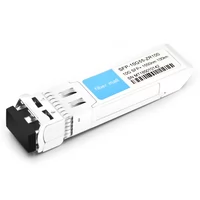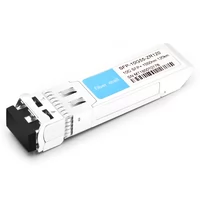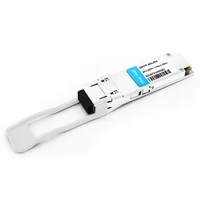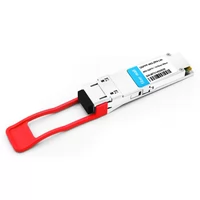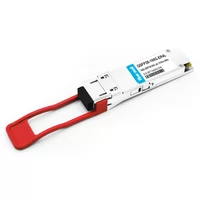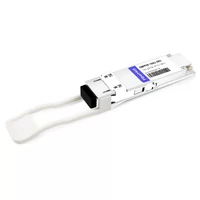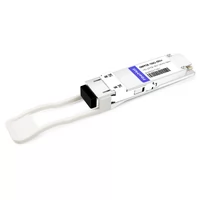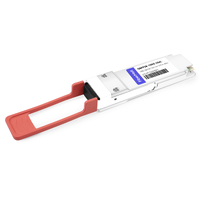Both EML (Electro-Absorption-Modulated Laser) and DML (Directly Modulated Laser) lasers play important roles in optical transceiver and are used in optical communications and other optoelectronic applications. Let’s take a look at what’s the difference between them.
Table of Contents
ToggleWhat are EML and DML Lasers?
EML laser is external modulated laser or electro-absorption-modulated laser, whose working principle is based on the photoelectric effect. It modulates the amplitude and phase of laser light by applying a voltage to a semiconductor material, thereby achieving high-speed light modulation. EML lasers have the advantages of high speed, high efficiency, and low noise, and are widely used in optical fiber communications, optical imaging, optical sensing and other fields.
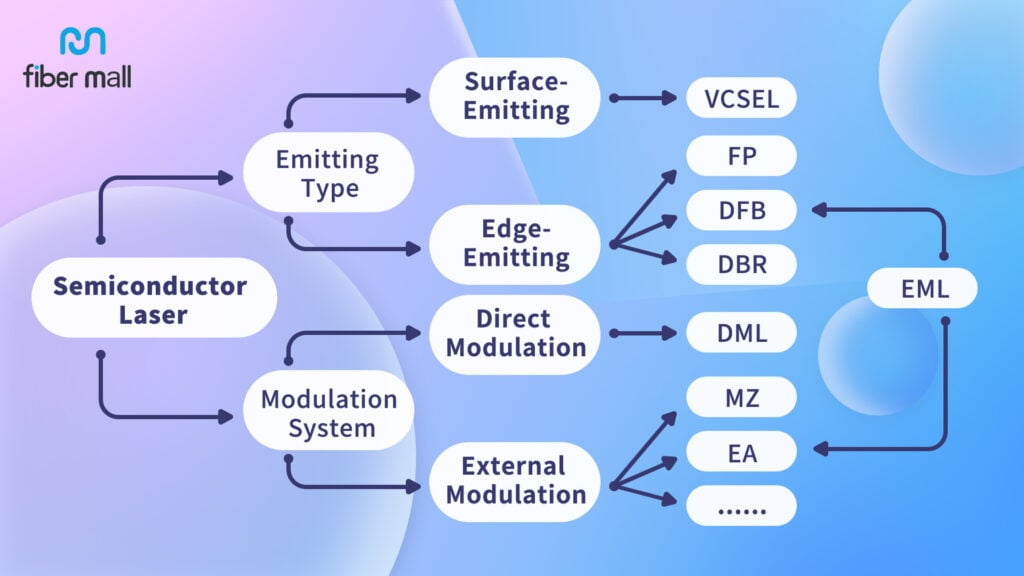
EML laser
DML laser is directly modulated laser, whose working principle is to modulate the amplitude and phase of the laser based on the change of carrier concentration in the semiconductor material. By directly modulating the laser, rapid control and adjustment of the laser can be achieved. DML lasers have the advantages of low cost, low power consumption, and easy integration, and are widely used in optical fiber communications, optical computing, optical sensing and other fields.
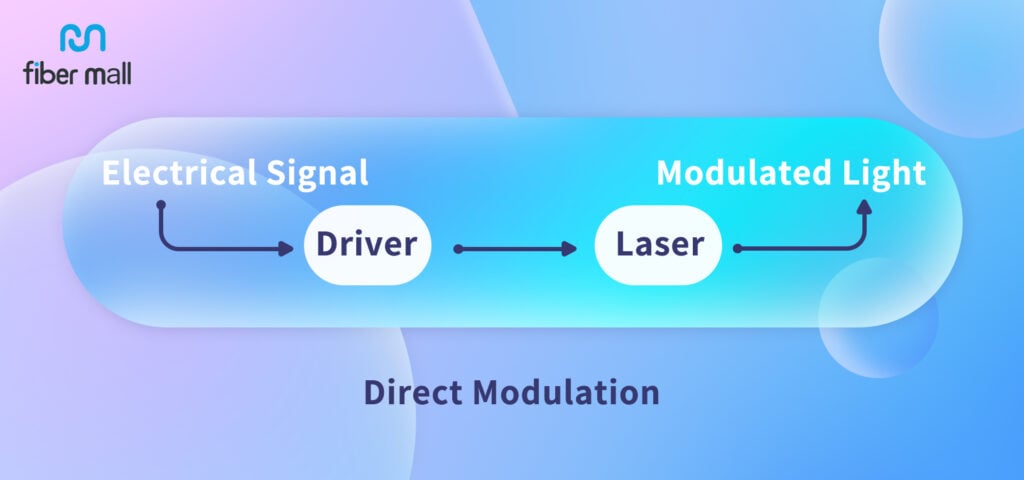
DML laser
How to Distinguish and Choose EML and DML Lasers
- Learn about the factors that determine laser type:
The difference between EML and DML lasers mainly lies in their working mechanism and spectral range. EML lasers typically use external modulators to generate laser, which can operate over a wider frequency range at higher speeds. DML lasers use direct modulators to generate laser, and they typically operate at lower frequencies but with higher power.
- Understand the spectral range of lasers:
An EML laser is a laser that achieves feedback through a grating or other structure. It typically works over a wider spectral range, such as 1550-1650nm, while DML lasers usually work within a narrow range, such as 1550nm.
- Understand the working speed of a laser:
EML lasers can operate at higher rates, such as 10 Gbps, due to the use of external modulators, while DML lasers operate at lower rates such as 1Gbps due to the use of direct modulators.
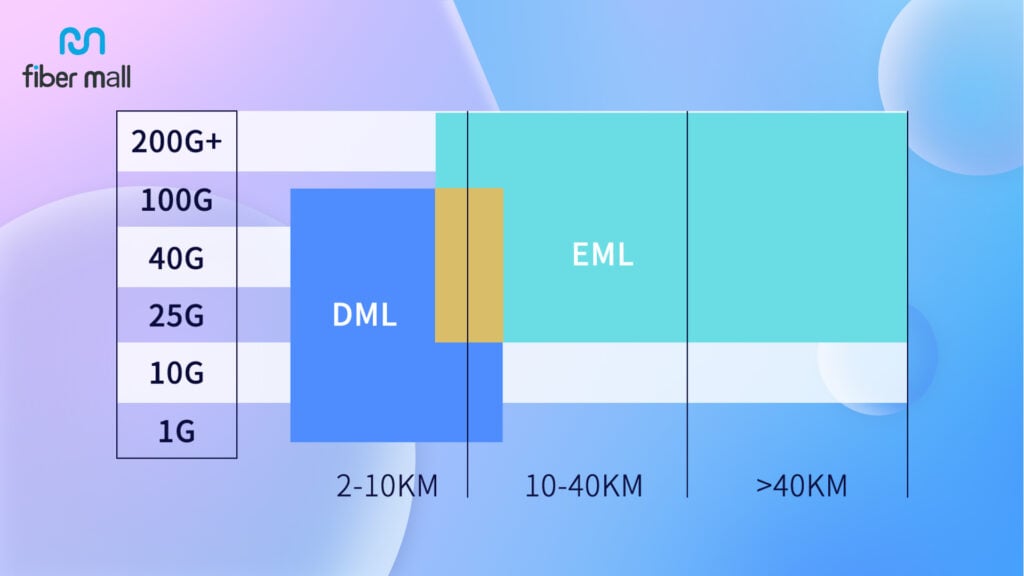
Speed and Reaches of EML and DML Lasers
- Understand the Application Scenarios of Lasers:
As the light source of DWDM (Dense Wavelength Division Multiplexing) system, EML laser can emit stable and narrow spectral lines, enabling it to transmit a large amount of data stream and achieve high-speed optical communication. The tunability of EML allows the flexible selection of different wavelengths in optical communication systems, thereby increasing fiber utilization and data transmission efficiency.
DML lasers are typically used for shorter distance optical communication transmission. Although its output spectrum line is relatively wide, it still has advantages in some low-speed data transmission and short-distance communications.
Summary
To sum up, to distinguish and select EML and DML lasers, factors such as laser type, spectral range, operating rate and power need to be considered. Only with a thorough understanding of these factors can we select the most suitable laser type for the application.
Related Products:
-
 SFP-10G55-ZR100 10G SFP+ ZR 1550nm 100km LC SMF DDM Transceiver Module
$280.00
SFP-10G55-ZR100 10G SFP+ ZR 1550nm 100km LC SMF DDM Transceiver Module
$280.00
-
 SFP-10G55-ZR120 10G SFP+ ZR 1550nm 120km LC SMF DDM Transceiver Module
$400.00
SFP-10G55-ZR120 10G SFP+ ZR 1550nm 120km LC SMF DDM Transceiver Module
$400.00
-
 QSFPP-40G-ZR4 40G QSFP+ ZR4 LWDM4 80km LC SMF DDM Optical Transceiver Module
$1200.00
QSFPP-40G-ZR4 40G QSFP+ ZR4 LWDM4 80km LC SMF DDM Optical Transceiver Module
$1200.00
-
 QSFPP-40G-ZR4-Lite 40G QSFP+ ZR4 Lite CWDM4 60km LC SMF DDM Optical Transceiver Module
$599.00
QSFPP-40G-ZR4-Lite 40G QSFP+ ZR4 Lite CWDM4 60km LC SMF DDM Optical Transceiver Module
$599.00
-
 QSFP28-100G-ER4L 100G QSFP28 ER4 Lite 1310nm (LAN WDM) 40km with FEC,30km without FEC LC SMF DDM Transceiver Module
$800.00
QSFP28-100G-ER4L 100G QSFP28 ER4 Lite 1310nm (LAN WDM) 40km with FEC,30km without FEC LC SMF DDM Transceiver Module
$800.00
-
 QSFP28-100G-ZR4 100G QSFP28 ZR4 1296-1309nm LWDM 80km LC SMF DDM Transceiver Module
$1500.00
QSFP28-100G-ZR4 100G QSFP28 ZR4 1296-1309nm LWDM 80km LC SMF DDM Transceiver Module
$1500.00
-
 QSFP28-100G-ZR4+ 100G QSFP28 ZR4+ LWDM4 100km LC SMF DDM Optical Transceiver Module
$2000.00
QSFP28-100G-ZR4+ 100G QSFP28 ZR4+ LWDM4 100km LC SMF DDM Optical Transceiver Module
$2000.00
-
 QSFP28-100G-ZR4L 100G QSFP28 ZR4 Lite 1310nm LWDM4 60km LC SMF DDM Transceiver Module
$1300.00
QSFP28-100G-ZR4L 100G QSFP28 ZR4 Lite 1310nm LWDM4 60km LC SMF DDM Transceiver Module
$1300.00

